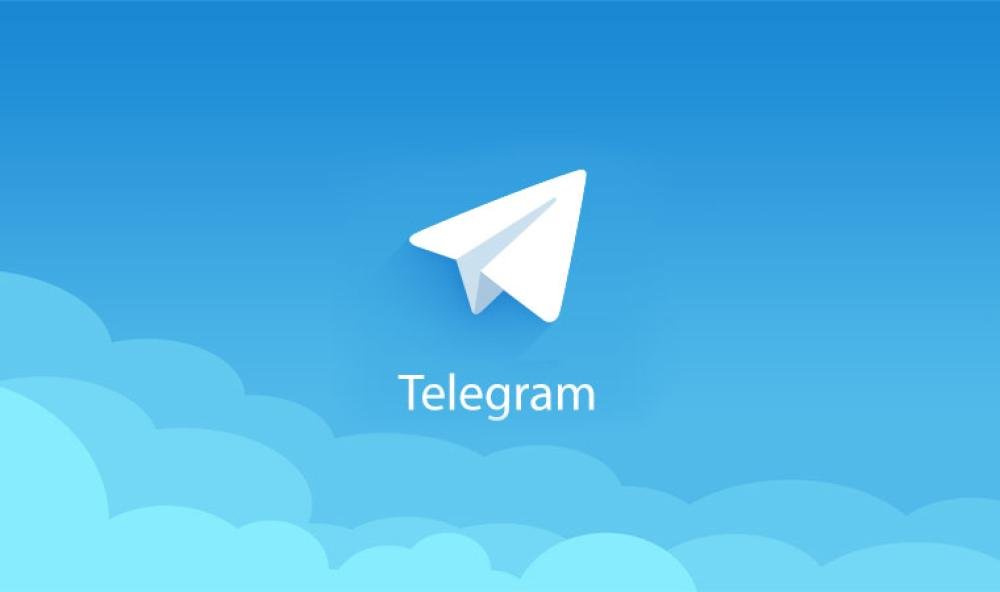Recent TechCrunch reports state that Telegram, a messaging service, has launched a number of new features aimed at boosting channels and taking on rival WhatsApp. Through customization, performance analysis, and prospective audience growth, channel owners can now benefit from the upgrades.
Telegram’s channels, which debuted in September, function similarly to WhatsApp’s newly released Communities function. Communicating with an infinite number of followers is possible with both. In order to encourage the construction of channels and draw in additional users, Telegram has however released capabilities tailored specifically to each channel.
Using their interests and behavior as a guide, new discovery technologies pair users with possible channel subscriptions. Premium subscribers now have the option to “boost” any channel to get enhanced features.
Posting transient tales and seeing post-level data, including story views, responses, and shares over time, are some of these features. Based on their level of boost, Telegram channels can also add personalized emoji reactions.
Will owners be able to have a better understanding of audience engagement with Telegram’s new product?
Telegram owners are able to have a better understanding of audience engagement thanks to the capabilities that rectify the shortcomings in their previous channel offers. Telegram Premium subscriptions and gift giveaways are among the growth incentives they offer.
Analysts believe that the changes are a direct reaction to WhatsApp’s explosive Channel expansion. The CEO of WhatsApp, Mark Zuckerberg, revealed last month that the platform has over 500 million active monthly users—more than half of Telegram’s user population.
Additional features like code block formatting, two-sided backgrounds, voice message transcriptions, and an enhanced Topics view in groups were also introduced by Telegram in addition to channels.
If Telegram can overcome WhatsApp’s supremacy with the help of these new channel features, it is yet to be seen. That being said, there is no indication that the adversaries’ message war would end soon.
